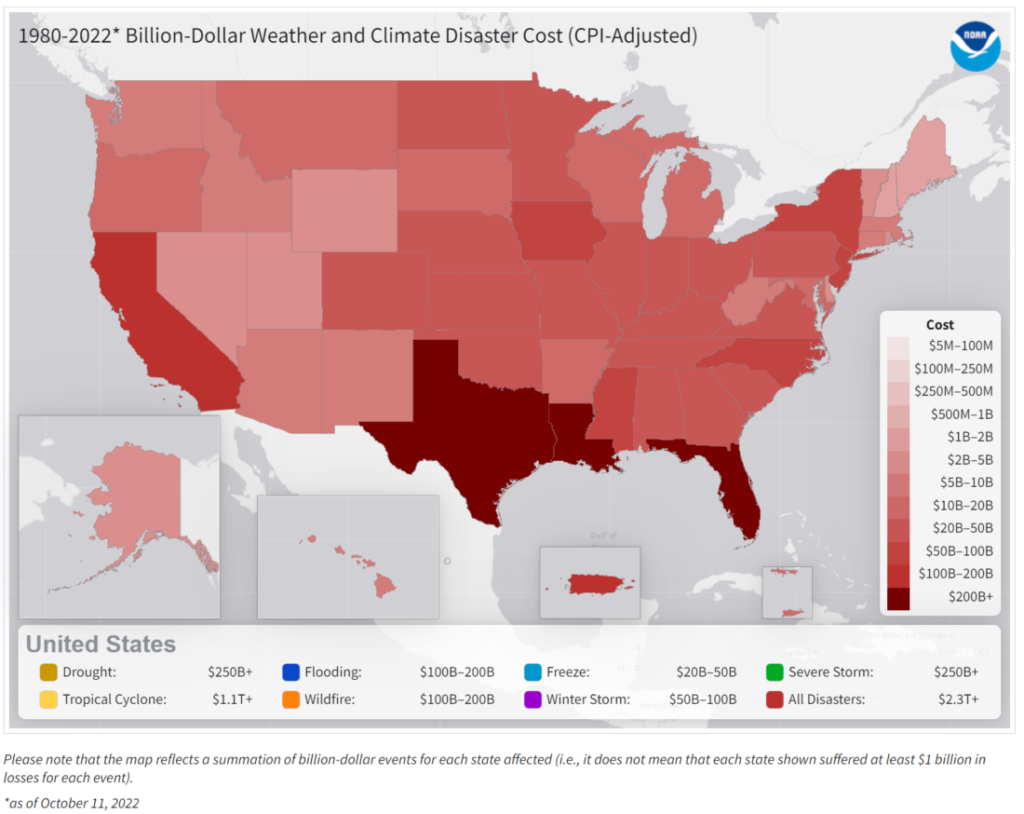
Making Your Home More Resilient to Disasters
When you own a house, you want to protect your investment, and your personal safety is important whether you own your own home or not. Many homeowners missed the opportunity to buy a disaster-resilient home; when you’re buying a house, you think about a lot of things, but disaster resilience is not usually one of them. But there are steps you can and should take to make sure your home is as resilient as possible.
Resilient Community
Location is everything, but once you’ve purchased a home, you have to work with what you have. Fortunately, even if you can’t change locations, you can improve them. The first step, if you haven’t already done so, is to learn about the risks in your area. With the ZIP code and construction date of your home, the Inspect2Protect website displays your area’s disaster history and whether your community has adopted current model building codes.

Armed with this information, you can determine what your community has done to prepare for the most likely hazards. Find out if there is an adopted and updated emergency response plan that addresses the relevant risks. Take an interest in local infrastructure; are levees and bridges properly maintained? Does your community enforce adopted building codes? Do they participate in the Community Rating System? Do you live in a designated NOAA StormReady community? If the answers to these questions are unsatisfactory, let your local community leaders know that these issues are important to their constituents.
Resilient Homes
No matter where you live, there is a risk of natural disaster; and climate change has led to an increase in both the frequency and severity of extreme weather events. Now nearly every hurricane season is a record-breaker, flood risks are rising, and wildfire season is nearly year-round. This means that no matter where you live, it’s important to prepare to withstand and recover from a variety of natural disasters.
What constitutes a resilient home will be different depending on the regional risks where you live. Wildfire resistance and earthquake safety are more important for a home in California; in Texas, a home should be able to withstand high winds and flooding, while homes in the Northeast need to withstand heavy snow loads. Most homes are not built with regional disaster risks in mind, so homeowners must upgrade their homes to be more resilient.

Resilient Upgrades
In addition to identifying local risks, the Inspect2Protect website reveals historical building standards that probably applied to your home’s construction. It lists the most relevant upgrades to bring a house of that age in that location up to current standards. Simply prioritize the upgrades from the list that you haven’t done yet to generate a resiliency upgrade plan for your home. The Federal Alliance for Safe Homes (FLASH), a consumer advocacy group for homebuyers, released the first homebuyer’s guide to resilience against natural disasters in 2021. Although the focus of the guide is on homebuying, it also includes a granular list of recommended home retrofits organized by type of disaster.
Many of these upgrades, like improving attic insulation to prevent ice dams or upgrading roofing to withstand fire and extreme weather, can also significantly improve your home’s energy efficiency. Resilient upgrades not only keep you safer and reduce the cost of operating your home; but they can also increase resale value. A study in Oklahoma found that homes with tornado-safe rooms sold for an average of 3.5% more than those without. According to Zillow, your roof replacement can make you more likely to sell for your full asking price and reduce the time your house spends on the market.
Resilient Maintenance
Routine maintenance is also important to resilience. No matter how it’s built, a roof with unrepaired damage will take more damage from high winds than one that is intact. According to FLASH, investing $500 in a sealing agent can prevent up to 95% of water entry during a hurricane. Integrating your upgrades with your home maintenance plan can help you avoid redundant expenses.
Even if you can’t afford major changes to protect your home, basic emergency preparedness can help keep your family safe. Maintain and test your emergency equipment like generators and storm shutters; check the expiration dates on fire extinguishers and learn how to use them. Stick to a schedule for equipment maintenance and battery changing. Every step towards resilience is important. It is no longer a question of if your home will be subjected to a natural disaster, but when.
Read part one of this two-part series: Buying a Disaster-Resilient Home.
This article was originally published on November 8, 2021.